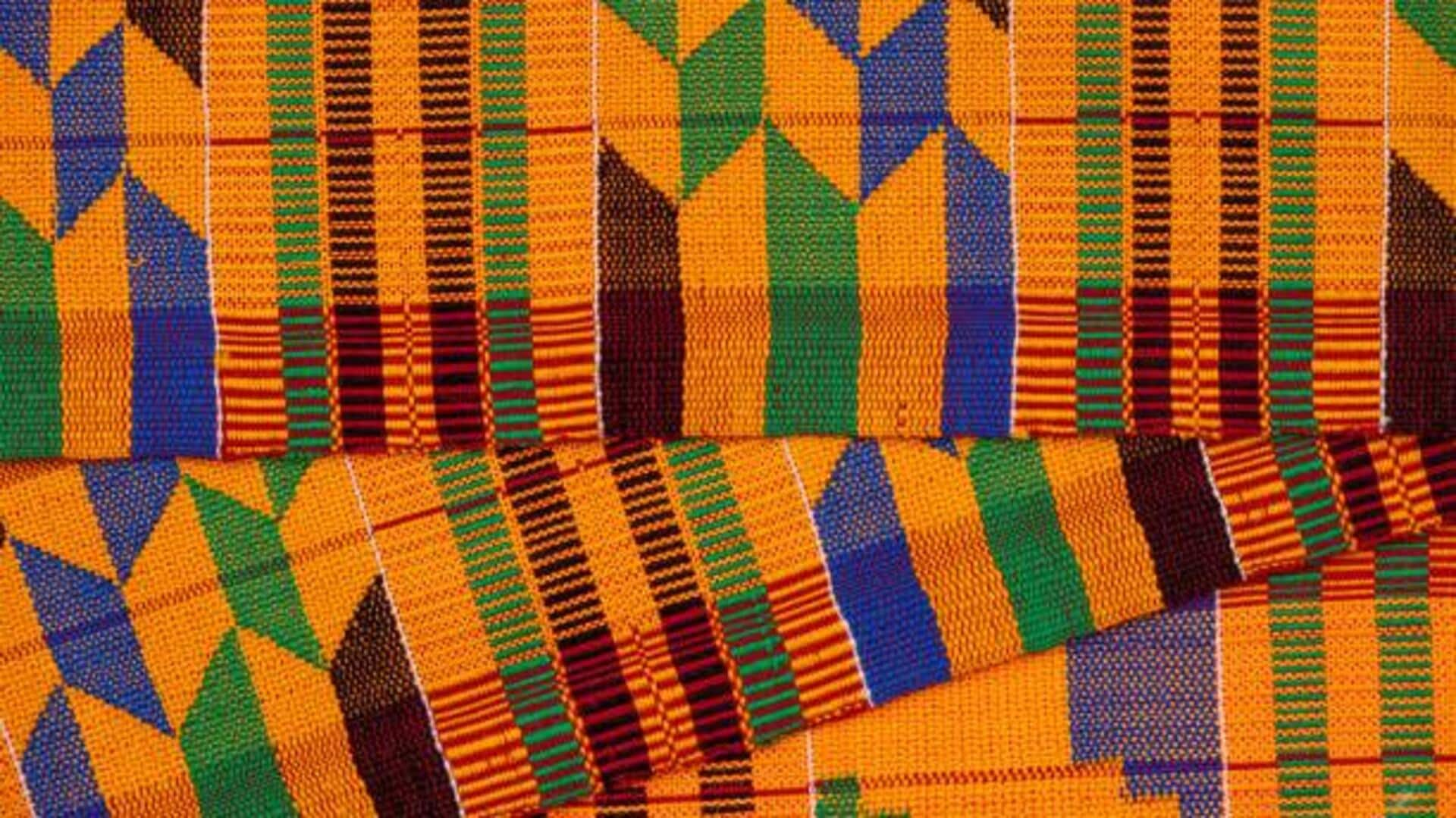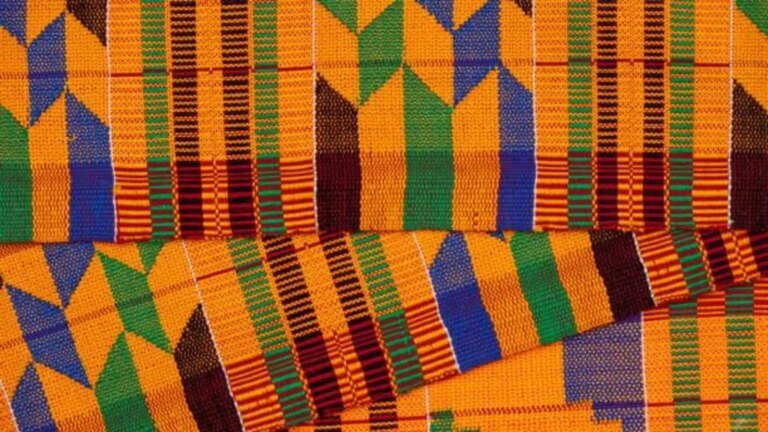
What’s the story
African fiber art has always been an integral part of the continent’s cultural heritage, showcasing the creativity and resourcefulness of its people.
Today, contemporary African fiber artists are pushing the boundaries of traditional techniques, creating bold and innovative works that reflect modern themes and ideas.
These artists are not just preserving their heritage but also redefining it for a global audience.
Here are five bold styles in contemporary African fiber art.
Kente weaving reimagined
Kente weaving is a traditional Ghanaian craft that has been reimagined by contemporary artists.
While the classic patterns remain, modern interpretations incorporate new colors and designs to reflect current societal issues.
These works often blend traditional motifs with abstract elements, making them both visually striking and thought-provoking.
The reimagined Kente pieces challenge viewers to consider the evolution of cultural identity in a globalized world.
Sisal sculptures with a twist
Sisal, a plant fiber, is commonly used in African art for its sturdiness and versatility.
Contemporary artists are now creating intricate sculptures out of sisal that challenge conventional forms and perspectives.
These sculptures often explore themes such as identity, migration, and resilience.
By manipulating sisal into unexpected shapes and forms, these artists push the boundaries of what fiber art can be.
Raffia textiles: A modern take
Raffia textiles have been a staple in many African cultures for centuries. However, modern artists are now using this material to create bold patterns and textures that defy tradition.
These textiles frequently feature vibrant colors and geometric designs that speak to urban life and contemporary aesthetics.
The modern take on raffia textiles highlights the dynamic nature of African fiber art.
Twisted fibers: Abstract expressions
Twisted fibers have become a common technique among contemporary African fiber artists. They look to express abstract concepts through their work.
By twisting natural fibers into complex forms, these artists create dynamic pieces. These evoke emotion and thought.
The abstract expressions often draw inspiration from nature, spirituality, or social commentary. Thus, they become multifaceted works of art.
Eco-friendly fibers: Sustainable artistry
Sustainability is at the core of many contemporary African fiber artists’ practices.
They use eco-friendly materials like recycled plastic or organic cotton to create their pieces without harming the environment.
This focus on sustainability not only promotes environmental responsibility but also opens up new avenues for creativity within traditional crafting techniques.
Eco-friendly fibers allow artists to innovate while staying true to their cultural roots.





